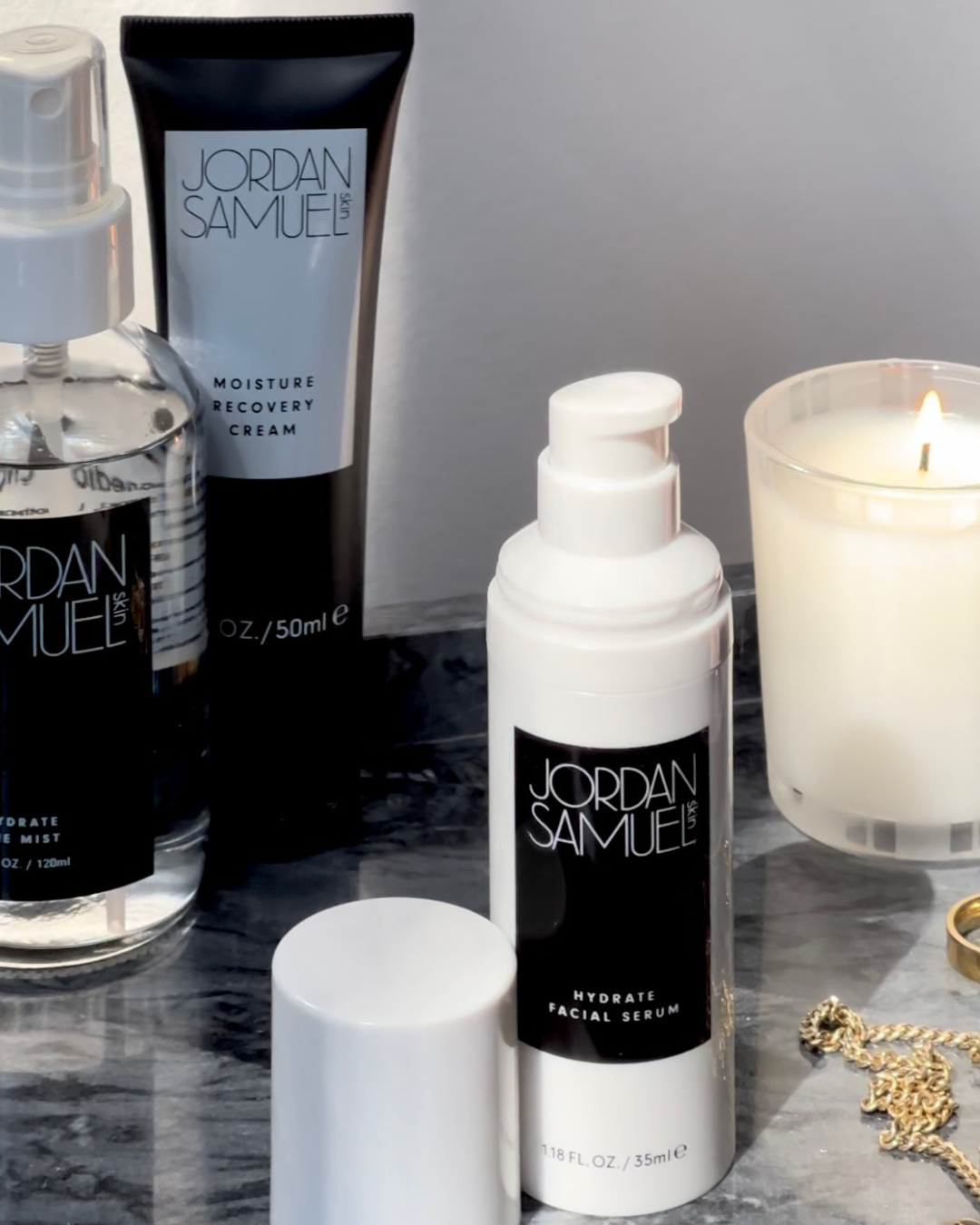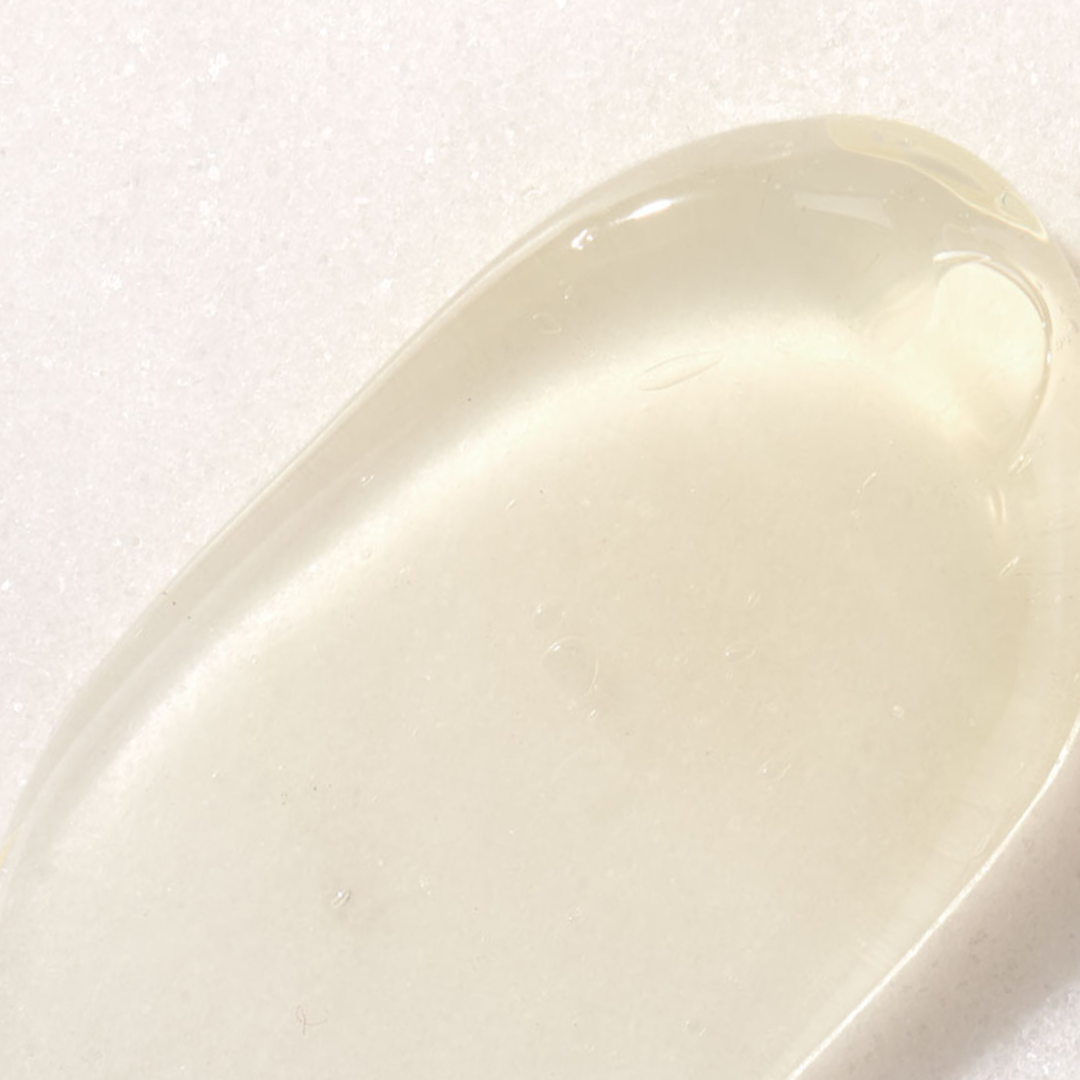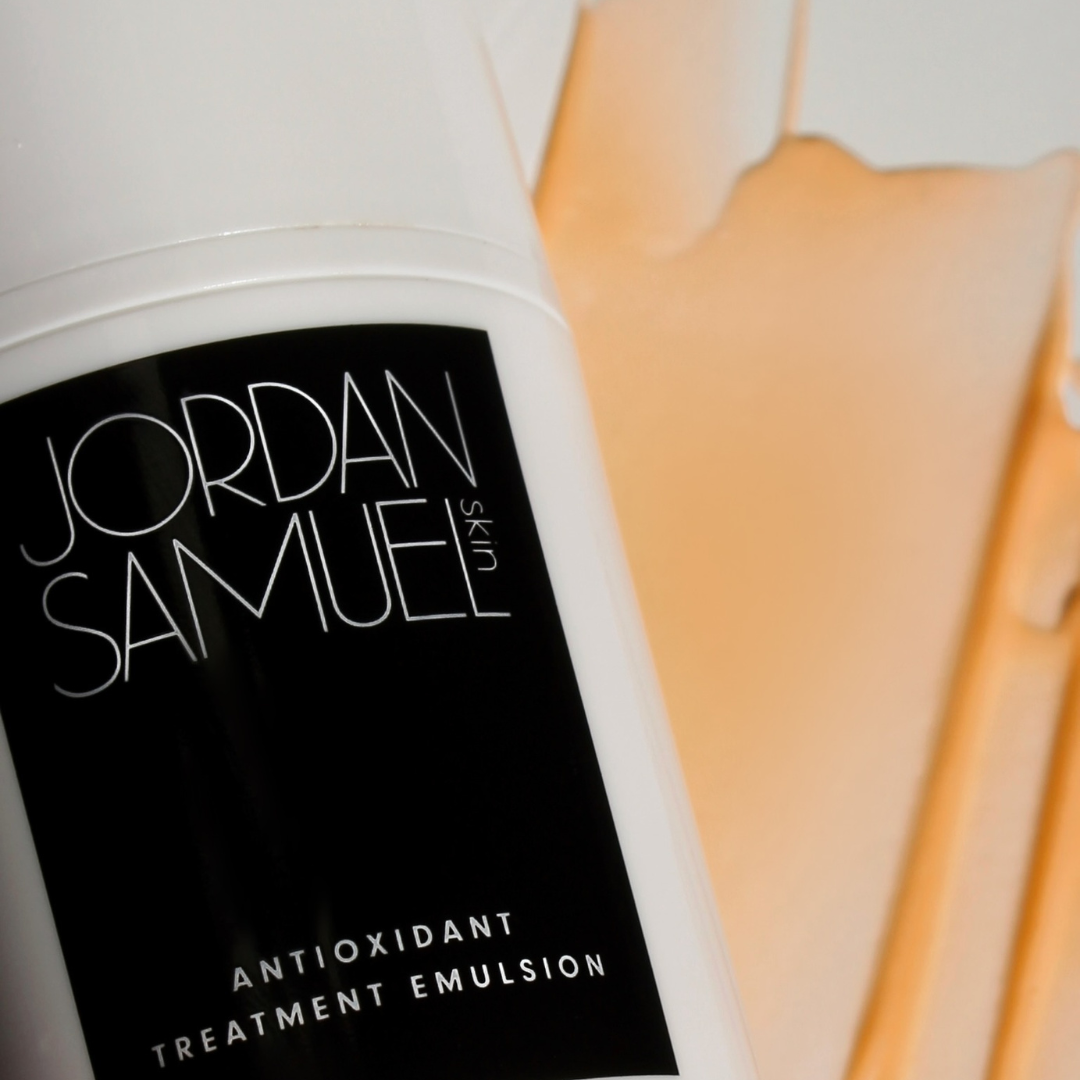Skincare defies a one-size-fits-all approach. No single set of rules could possibly apply to the wide range of skin types, concerns, and lifestyles that I see in my esthetics practice—much less in the whole population! That’s why I’ve taken to busting common myths on skin care and products. This round, we’re tackling pesky irritation. Read on for calm skin!
Myth #1: If you don’t notice irritation when starting a new retinol, then it’s not working.
Oh, those dreaded retinol flakes. You may have been told that they’re a necessary part of the retinol experience—you need to flake in order to see results. I’ve watched this myth pick up steam as brands engage in an arms race to claim the highest concentration of retinol. Naturally, if you’re using a product that’s billed as a 1%, 2%, or even 5% retinol, you’re going to see some initial flaking as your cell turnover rate increases.
However, research suggests that lower concentrations of retinol can achieve comparable results to their amped-up 5% counterparts—the results are simply spread out over a longer period of time. Slow and steady wins the race! You may still notice some minor flaking during an initial adjustment period with a gentler retinol (especially if you have reactive skin), but it’s certainly not a requirement.
Verdict: Forget what you’ve heard. Beauty isn’t pain.
Myth #2: If you notice irritation from a new product, it’s probably just purging.
Once again, we see people pushing the idea that beauty is pain, or that you need to endure something unpleasant to earn glowing skin. While some products may cause purging, they’re pretty much limited to retinols and acid exfoliants. The majority of products—everything from cleansers to mists to moisturizers—shouldn’t result in purging. Moreover, purging and irritation are two totally separate entities. A purge presents as bumps or breakouts, but the skin isn’t reddened or irritated. With irritated or inflamed skin from a product reaction, you’ll see diffuse redness in the space between bumps. If you’re unsure, check out my post on identifying purges. In the meantime, it might be better to take a break from that new product than to try to power through it.
Verdict: Unlikely.
Myth #3: Skin irritation is almost always caused by products you’re putting on your skin.
Humans are problem solvers by nature. We like to see causality—that A happened, then B, and so it follows that A causes B. If only it were so simple when it comes to untangling the web of factors that affect your skin.
While the products you use definitely play a role, they aren’t the only influence on skin irritation. A reaction is seldom about a single thing; it’s often more of a “the straw that broke the camel’s back” situation. Aside from skincare products, your laundry detergent, stress level, sleep schedule, and dietary factors like alcohol consumption all contribute to potential skin irritation. I’ve spoken before about skin journaling as a way to track lifestyle factors and skin health. I would recommend taking a comprehensive look at your overall routine before dumping your skincare products.
Verdict: Possible, but likely not the only cause. Your skin is a signifier of a greater interconnected system; check in with your body and your habits for a more inclusive view on skin health.
XO,
Jordan




